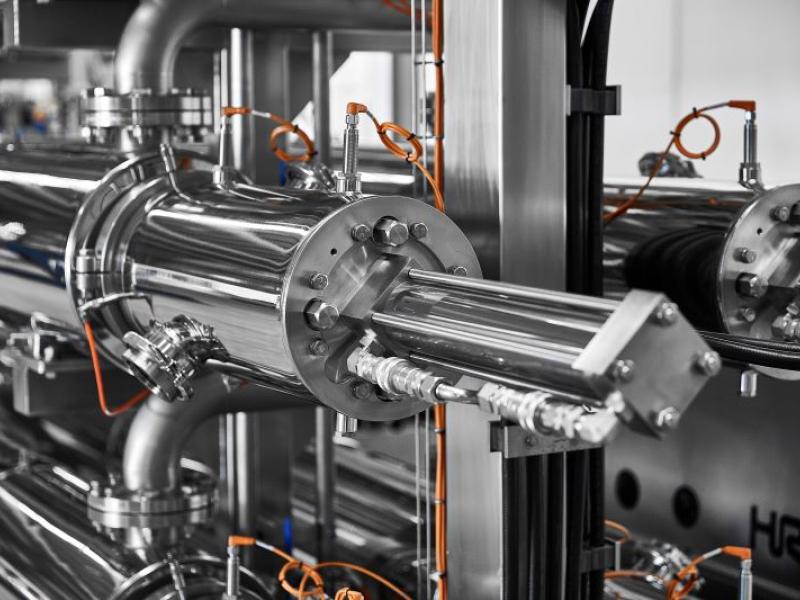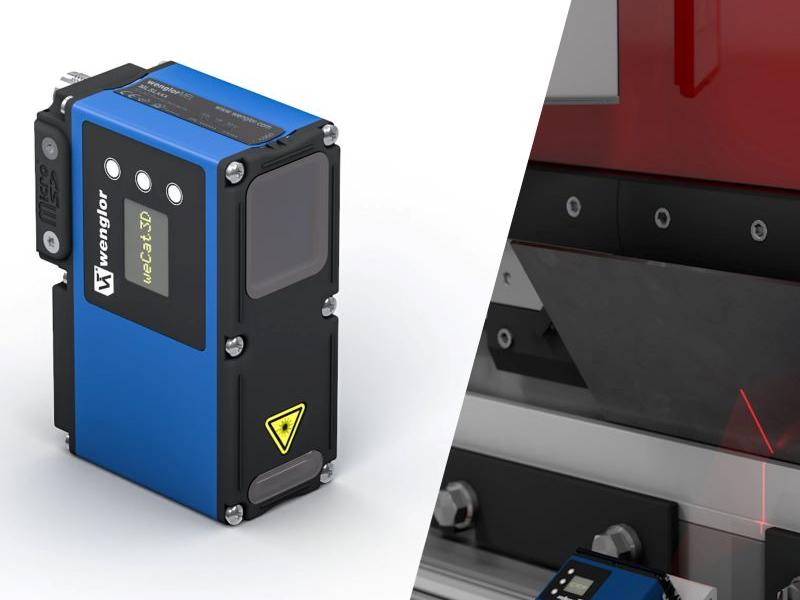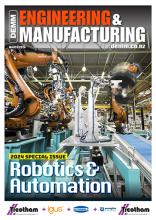“We should not prioritise on the basis of project profitability,” wrote the best-selling product development author Donald G. Reinertsen, “but rather on how this profitability is affected by delay.” Manufacturers are expected to accelerate product development cycles to meet rapidly-changing market demands — yet they are also losing hundreds of production hours to equipment downtime and unnecessary tool changes. Here, Staffan Lundström, product manager and application specialist for turning at the cutting tool specialist Sandvik Coromant, explains how innovative Y-axis turning can overcome delays and support faster production.
The demands on manufacturers can be summed up as: ‘produce innovative and higher quality products, more quickly and in less time.’ Add sustainability initiatives into the mix, and it becomes clear that manufacturers in all sectors must apply comprehensive strategies to overcome these obstacles while staying ahead of the competition.
But what does a ‘comprehensive strategy’ entail on the machine shop floor? Antidotes to the rising energy and commodity prices, suggested in PwC’s Achieving excellence in production and supply report, include that companies should monitor and optimise their processes to make them as efficient as possible.
This also means that manufacturers should accelerate their product development cycles to meet rapidly-changing high-performance and safety standards. One approach to this is through on-demand manufacturing, where manufacturers deliver precisely what a customer wants in certain quantity and to particular manufacturing specification. On-demand manufacturing is made possible by the latest additive manufacturing (AM) technologies, like 3D printing, which speeds-up manufacturing and prototyping. Elsewhere, manufacturers are use artificial intelligence (AI) and Industry 4.0 concepts to optimise their processes.
These technologies have clear advantages. However, manufacturers mustn’t overlook the latest cutting-edge developments in CNC machining. Manufacturing concepts that, at first glance, are decades-old also have the potential to greatly improve product development cycles. Modifications can made to the angle at which the workpiece is cut by an insert, how the itself tool moves — faster directional changes for example — and the performance characteristics of tools designed with greater wear resistance, or to support improved process security. Suddenly, what appeared as a decades-old concept is far more sophisticated than first perceived.
These approaches go hand-in-hand with the continued evolution of computer aided manufacturing (CAM) software. With them, manufacturers can realise more complex and innovative designs without sacrificing product quality — for faster product development cycles overall. Let’s examine how in more detail.
Generating toolpaths
CAM software is capable of telling a machine how to make a product by generating toolpaths. For example, a factor that is integral to more efficient machining is the entering angle at which the cutting tool interacts with the workpiece — too high an angle results in a weak cutting edge and breakages. Too small an angle might cause the tool to rub at high feed rates, creating rapid heat build-up and tool failures.
With CAM software, it’s possible to program the cutting tool to engage with the workpiece at the best possible entering angle, and maintain this consistent for greatly improved chip control. Software can optimise when the tool either cuts into, or retracts from, the workpiece, before moving quickly and safely to the next point and repeating the process.
However, CAM software alone cannot satisfy manufacturers’ needs to produce more complex and innovative shapes. Requirements expressed by Sandvik Coromant’s own customers — machine shops in automotive, aerospace, general engineering and more — include the need for higher metal cutting efficiency and improved predictability in their machining processes. Put simply, they wanted to increase their production output without sacrificing component quality.
Another major requirement is increased machine utilisation. According to Forbes, the average manufacturer experiences 800 hours of equipment downtime per year, which is more than 15 hours per week — unacceptable against today’s rapidly-changing market requirements. Tool changes also waste time — did you know that it can take up to 20 seconds to change a cutting tool?
These are the reasons why Sandvik Coromant’s specialists sought to develop a solution that would make it possible to machine several features with just one tool. It was decided these methods should ensure cutting forces are directed into the tool holder, for higher process stability, with a constant, fixed entering angle for drastically improved chip control. The result was Y-axis turning.
Intricate shapes
So how does Y-axis turning work? As the name implies, the new method makes use of the Y-axis, and all three axes are used simultaneously when machining. The tool rotates around its own centre, the insert is placed for machining in the Y-Z plane and the milling spindle axis interpolates during turning. This way, intricate shapes can be machined with a single tool.
Y-axis turning offers numerous benefits. The possibility to machine several features with only one tool reduces cycle time. The fact that no tool changes are required also minimises the risk of ‘blend points’, i.e. irregularities between adjacent machined surfaces.
With Y-axis turning, it’s possible to influence the cutting forces directed into the tool that directly impact machining stability. This also minimises vibrations between the tool and workpiece that cause imperfections on the product’s surface and gives higher output and process security. Meanwhile, a constant entering angle drastically improves chip control and makes it easier to avoid chip jamming.
Wiper inserts can also be kept perpendicular to the surface, and on a tapered surface. Wiper inserts are designed with a wiper edge that is situated where the straight edge meets the corner radius. In comparison to conventional breakers, the surface finish does not deteriorate even if the feed rate is doubled. Machining at high feed rates improves cutting efficiency, as well as supporting product quality.
In addition, Sandvik Coromant has developed two new tools have been developed to support Y-axis turning. The new CoroTurn® Prime variant is suitable for shafts, flanges and components with undercuts. And there is the CoroPlex® YT twin-tool, which features CoroTurn® TR profiling inserts and is best used at an entering angle of between 60 to 90⁰ for more efficient and productive machining. Lastly, CoroTurn 107 round inserts with a rail interface can favourably be used for components with pockets and cavities.
Aside from the possibility to machine several features with one tool — for significantly-reduced tool change time — the tools have evenly distributed insert wear increases tool life. In addition, the cutting forces are directed into the tool holder, which provides high process stability. The Y-axis method is also especially suited for multitask machines.
CAM software
Recent years have brought forward immense development in the turning area, with innovations such as Sandvik Coromant’s all-directional PrimeTurning machining method for non-linear turning, and interpolation turning. These advances, together with progressive capabilities in modern machines and CAM software, have paved the way for the new Y-axis turning method.
Indeed, PrimeTurning™ and Y-axis turning are now fully supported in GibbsCAM 2023 software used to program, simulate, and control any CNC machine. In combination with GibbsCAM, the PrimeTurning™ method is shown to reduce cycle times by up to 50%, and increases insert tool life by up to 500%. Sandvik Coromant PrimeTurning™ adapts the feed rate to constantly manage chip thickness, which is ideal for high-volume and unattended environments — such as in 24/7 or lights-out production.
Now, going forward, Sandvik Coromant anticipates PrimeTurning™ or non-linear turning to combine with Y-axis turning to raise machine shops’ productivity to an even higher level. With the method, and to paraphrase Reinertsen in his book The Principles of Product Development Flow: Second Generation Lean Product Development, machine shops can prioritise and overcome the delays that affect profitability and, in doing so, accelerate their product development cycles.
To learn more about Sandvik Coromant’s solutions for Y-axis turning, visit its website.






